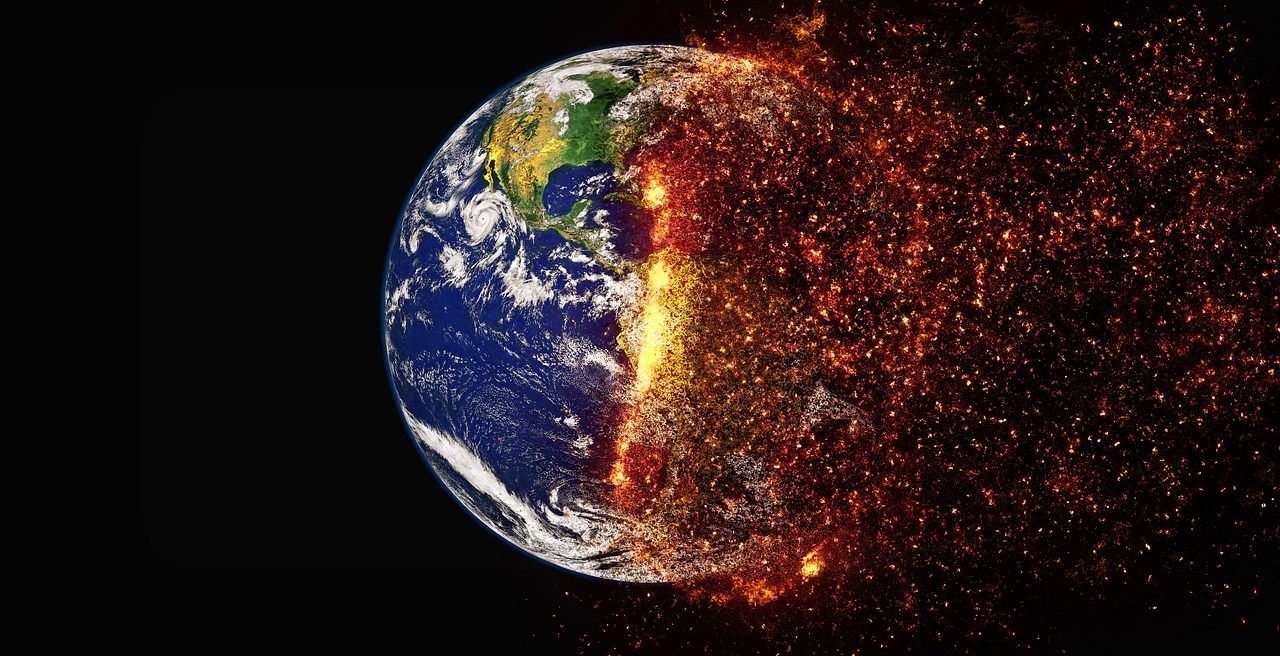
How Will Global Warming Affect El Niño in The 21st Century?
- News
- 2.4K
El Niño remains the largest climate phenomenon that occurs frequently producing droughts, floods, wildfires, dust and snow storms, fish kill, and even elevated risks of civil conflicts. The theater of action for El Niño is the tropical Pacific Ocean but its global reach costs the global community tens of billion dollars each time.
El Niño’s occur every two-to-seven years with very strong El Niño’s occurring about every 15 years. How its frequency or the time between two events and strength will change because of global warming remains a grand challenge for climate models. This also impacts projections of future climate since El Niños redistribute the heat gathered by the ocean between two El Niño events to cause mini global warming. The most recent projection of global warming impact on El Niño appeared in scientific journal Nature in December 2018.
El Niño is measured by an index that averages sea surface temperature anomalies over the central-eastern tropical Pacific. Each model delivers a slightly different rendition of El Niño compared to nature. This has been an issue in finding a consensus among models as far as the El Niño response to global warming is concerned. But by using a model-specific El Niño index to make room for the inter-model differences, the latest projection posits that strong El Niño’s and thus extreme weather events associated with such strong El Niño’s will increase in the coming decades.
The results should serve as a warning to the countries on all continents that suffer from these extreme weather events during strong El Niño events such as the ones during 1982-83, 1997-98 and 2015-16. However, some major caveats are in order.
The first caveat is that the eagerly-awaited winter rain and snow storms over California did not occur over California during the latest extreme El Niño. It is thus unclear if global warming is already affecting El Niño and its remote impacts. Secondly, the models used for making future projections have not stood the test of time for their depiction of El Niño during the 20th century.
The mean state of the tropical Pacific has cold temperatures in the east around the Galápagos Islands because the trade winds blowing from the east to west diverge waters away from the equator and push them westward. The atmosphere warms westward, moving waters and piling it in the west. Warm waters favor atmospheric convection and produce over 5 meters of rain per year to the west of the Dateline to New Guinea. El Niño is a perturbation of this background state of cold east – warm west ocean with air rising in the west and sinking in the east.
During an El Niño, warm waters and rainfall move east towards Galapagos and bring copious amounts of rain and mudslides to the Americas while causing droughts in the west over Australia and Indonesia. Floods, droughts and other extremes also occur over many other regions of the globe.
The response of El Niño to global warming depends on how this background state responds to global warming as well. Some models warm the eastern tropical Pacific more than the west while others produce faster warming in the west. Whether the east warms faster or the west has serious consequences for global warming itself since the cold eastern Pacific soaks up a lot of heating from the atmosphere. Slower warming of the east would imply more heat uptake by the ocean and slower global warming.
Unfortunately, available data is not sufficient to say with confidence how the tropical Pacific has responded to global warming till now. All available evidence for El Niño behavior during the Holocene or the Last Glacial Maximum indicates that El Niño is highly variable and its variability depends on whether noise over the western Pacific, volcanoes, the impact of phytoplankton on the penetration of solar radiation into the ocean, aerosols and so on.
It is unclear if the impact of global warming on El Niño can easily be extracted considering its intrinsic tendencies and it depends on so many factors that are not easily predictable.
In this context, it is imperative that models be held to very stringent standards on their performance of El Niño behavior during historic periods, especially the 20th century, as a test of their reliability for future projections. This would also be necessary for projecting other events such as droughts and floods.
For example, droughts over India are closely tied with El Niño and any projections of how droughts will respond to global warming will depend on how models perform in their historic depiction of El Niño’s as well as monsoons and how reliably they can project El Niño response to global warming in addition to how the models perform in reproducing floods and droughts of 20th century. (India Science Wire)
[The writer is a professor of Atmospheric and Oceanic Science and Earth System Science at the University of Maryland. He is currently a visiting professor at IIT Bombay.]
If you liked this article, then please subscribe to our YouTube Channel for the latest Science & Tech news. You can also find us on Twitter & Facebook.


